Three Reasons to Try Crate-Training And How to Do It Safely

Trainers hear frequent complaints about dogs that chew, steal from the counter, destroy the house, and have bathroom accidents. Most of these dogs are fine when people are home. However, the trouble usually happens when the owners are gone. Crate training is an easy and simple solution.
Who Needs A Crate?
Almost every dog will be crated at some point in its life. Even people who don’t want to use a crate at home for their dog, it’s likely that a dog will be placed in one at some point in it’s life, with either the veterinarian, groomer, or boarding kennel, so it’s best to familiarize the dog early to the crate.
Why Crate?
Long after a dog is housetrained and trustworthy in the house alone, crate training is still useful. Here are some examples of when crating would
be useful:
- Safety: The crate can be used to keep the dog safely inside if people will be in and out of the house, such as guests, workers or kids. The crate also serves to keep the dog safe while alone at home–knives, cleaning supplies, and Tylenol are just a few of the many items that are scattered around the house that could be deadly if Fido found them.
- Management: The crate is a good babysitter for the dog. For busy owners, using a crate keeps the dog out of the way and out of trouble. If guests are coming, crating a dog prevents havoc at the door and also ensures that the dog can’t slip outside as guests are coming in.
- Problem Prevention: Crating a dog prevents nuisance behaviors such as chewing the wood trim, digging at the carpets, and barking endlessly at the birds outside. The crate helps prevent problems before they have a chance to begin, and a crate gives the owner peace of mind when supervision isn’t possible.
Crate Training
Make the crate a great place to be. The easiest way to get a dog to like his crate is to create a positive association with it. This is easily done by feeding the dog inside the crate. In the beginning, keep the door open and allow the dog to go in and out as he pleases. Again, by using breakfast and dinner, this is usually an easy task. Another tool is to stuff a toy with some really yummy goodies, such as a small amount of peanut butter, and put the dog and the food-stuffed toy in the crate. This yummy goody only shows up in the crate and is enjoyed only in the crate. This teaches the dog that all good things come from within the crate.
Start slowly. In addition to getting the dog used to going in the crate, he also needs to learn how to stay in there comfortably. This is a gradual process. After the dog is comfortable eating meals in the crate, begin closing the door when he’s eating. Before he finishes, open the door so he can exit when he’s finished.
Reward silence. If the dog whines or barks to get out, ignore him and wait for a few seconds of silence before opening the door.
Practice regularly. Work on this between feeding time by tossing a tasty treat into the crate and then close the door. Close the door for a moment, and then let the dog out. Pay no attention to him when he comes out, then toss another treat in and again briefly close the door. Within just a few trials, the dog will begin getting the picture that the crate is a pretty good place to be.
Crate Safety
There are a couple of rules to follow to ensure safe crating:
- No collars: Collars can be easily caught or twisted on the crate and could lead to strangulation.
- No rawhides in the crate unsupervised: Dogs can choke easily on rawhides and should never be left alone with them.
- Regularly check the chew toys in the crate for signs of damage or wear: Throw away any toys that have hanging strings, which are a choking hazard, or damaged pieces.
- Check the crate periodically for sharp edges or broken wires.
- No broken crates: If your crate is being held together with duct tape and bungee cords, buy a new one.
- Be sure the crate is the right size for the dog: There should be enough room for the dog to stretch out and turn around.
- Provide water for the dog.
- The dog should have regular interaction with the family and receive attention and leash walks daily.
The crate is a productive tool, and the device can help prevent problems. It’s worth the time and effort to teach the dog how to enjoy the crate, for the owner’s peace of mind and the dog’s safety.
This article was originally published in our Spring 2016 print issue.

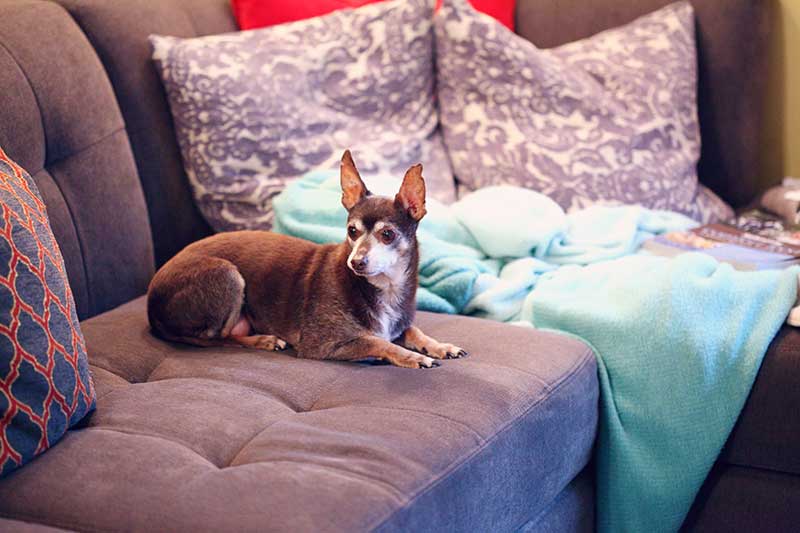


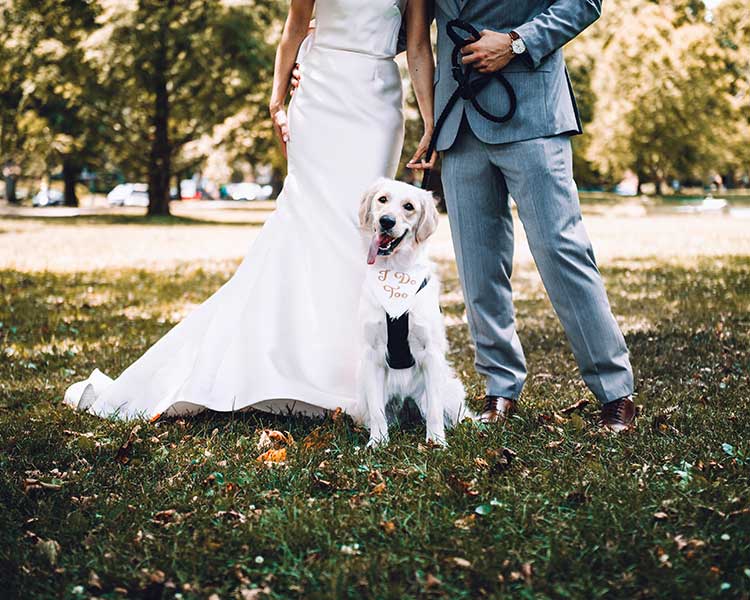
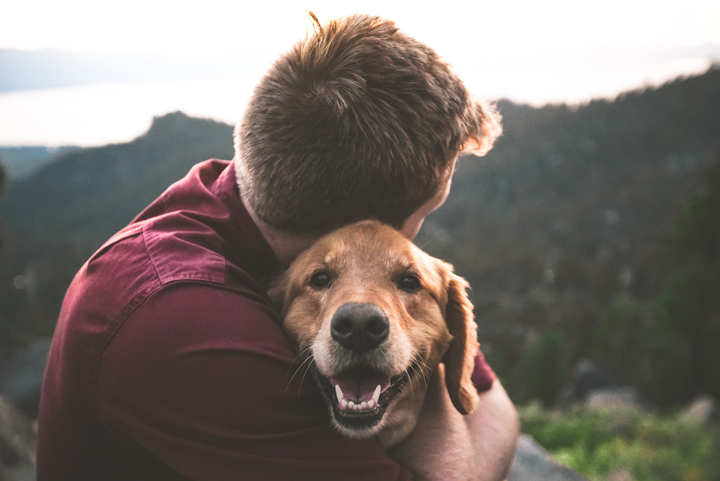
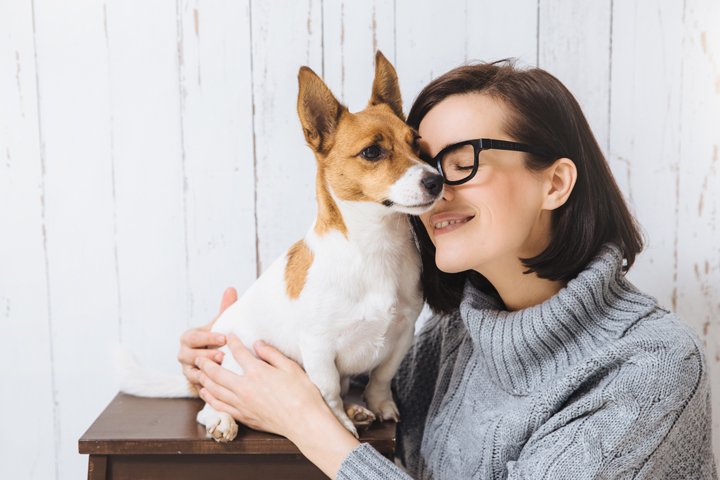

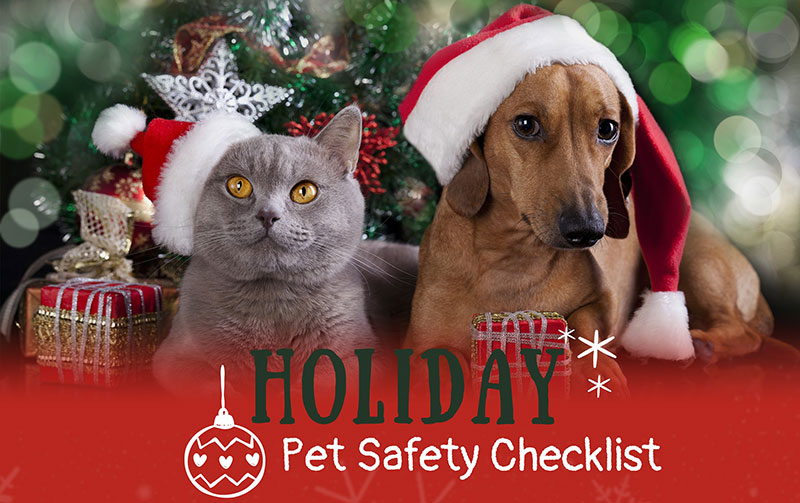
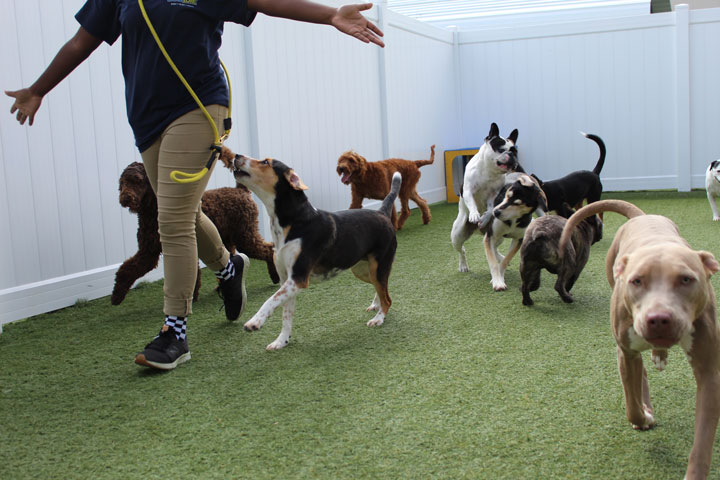
Leave a Reply